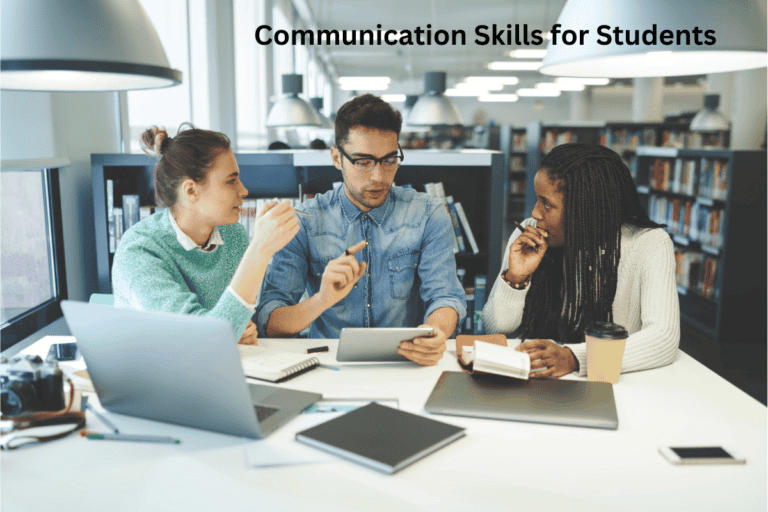Effective Teaching Techniques: Active Learning and Storytelling
So, you think you've mastered the art of teaching, eh? Well, let me introduce you to two techniques that might just challenge your traditional methods: active learning and storytelling.
Now, before you roll your eyes and dismiss these ideas as just another passing trend, consider this – what if there was a way to truly engage your students, make learning more enjoyable, and improve their retention of knowledge?
Intrigued? Well, buckle up, because we're about to embark on a journey that will revolutionize your teaching approach and leave your students begging for more.
Key Takeaways
- Active learning and storytelling enhance understanding and retention of information.
- Incorporating group activities and problem-solving methods promotes critical thinking and collaboration skills.
- Engaging narratives and emotional connections with students foster creativity, imagination, and motivation.
- Active learning and storytelling create dynamic and interactive learning experiences, leading to improved learning outcomes.
Benefits of Active Learning
Active learning offers numerous benefits that can greatly enhance your learning experience. By actively engaging with the material, you're more likely to understand and retain the information. One of the advantages of active learning is that it promotes critical thinking skills. Instead of passively receiving information, you're encouraged to analyze, evaluate, and apply what you have learned. This not only deepens your understanding but also helps you develop problem-solving abilities that are essential in the real world.
Active learning techniques also foster collaboration and communication skills. Group discussions, debates, and hands-on activities encourage you to interact with your peers, exchange ideas, and articulate your thoughts effectively. These skills are invaluable in professional settings where teamwork and effective communication are highly valued.
Additionally, active learning promotes engagement and motivation. When you're actively involved in your learning, you're more likely to be interested and motivated to learn. This can lead to a deeper level of understanding and a greater sense of accomplishment.
Strategies for Implementing Active Learning
To successfully implement active learning strategies, it is crucial to create a dynamic and interactive learning environment. This can be achieved through various strategies such as incorporating group activities and problem-solving methods. Group activities allow students to collaborate, communicate, and learn from each other. They promote teamwork, critical thinking, and decision-making skills. Problem-solving methods involve presenting real-world scenarios or challenges that require students to apply their knowledge and skills to find solutions. This helps them develop problem-solving and analytical thinking abilities.
In order to implement these strategies effectively, it is important to plan and structure the activities in a way that promotes active engagement. For example, dividing students into small groups and assigning specific roles and tasks can encourage participation and accountability. Providing clear instructions and guidelines for the activities is also essential to ensure that students understand the objectives and expectations. Furthermore, incorporating technology tools and resources can enhance the learning experience and provide additional opportunities for engagement.
Here is a table that illustrates some strategies for implementing active learning:
| Strategy | Description | Benefits |
|---|---|---|
| Group Activities | Collaborative tasks where students work together in small groups | Promotes teamwork, communication, and critical thinking skills |
| Problem Solving Methods | Presenting real-world scenarios or challenges for students to solve | Develops problem-solving and analytical thinking abilities |
| Clear Instructions | Providing explicit guidelines and objectives for the activities | Ensures understanding and clarity |
| Use of Technology | Incorporating technology tools and resources for enhanced learning experience | Provides additional opportunities for engagement and interaction |
The Power of Storytelling in Education
Storytelling is a powerful tool that captivates learners, sparks imagination, and enhances the educational experience. Engaging students through storytelling can bring the content to life and make it more relatable, leading to better understanding and retention of information. When a teacher tells a story, students become active participants in the learning process, eagerly listening, and absorbing the lessons embedded within the narrative.
Through storytelling, educators can also promote critical thinking among students. By presenting information in a narrative format, students are encouraged to analyze, question, and make connections. They're prompted to think deeply about the characters, plot, and themes, and draw parallels to real-life situations. This cultivates their ability to think critically, evaluate evidence, and develop their own perspectives.
Furthermore, storytelling fosters creativity and imagination. As students listen to stories, they're transported to different worlds, encounter diverse characters, and experience a range of emotions. This sparks their imagination, inspiring them to think creatively and explore new ideas. They can visualize the story in their minds, creating mental images that enhance their comprehension and engagement.
Incorporating storytelling into education not only makes learning more enjoyable but also deepens students' understanding and enhances their cognitive abilities. By engaging students and promoting critical thinking, storytelling becomes a powerful tool for educators to create meaningful and impactful learning experiences.
Incorporating Storytelling Techniques in the Classroom
Incorporate the captivating power of storytelling into your classroom to create an engaging and immersive learning experience for your students. By integrating storytelling techniques, you can bring your lessons to life and captivate your students' attention, making the learning process more enjoyable and effective.
One way to incorporate storytelling is by weaving engaging narratives into your lessons. Whether it's a historical event, a scientific concept, or a literary masterpiece, storytelling allows you to present information in a way that is relatable and memorable. By crafting compelling stories, you can create an emotional connection with your students, making them more likely to remember and understand the content.
Another benefit of incorporating storytelling techniques is that it promotes effective communication. Through storytelling, you can model effective communication skills such as using vivid descriptions, utilizing body language, and maintaining eye contact. This not only enhances your students' listening and speaking skills but also encourages them to become better storytellers themselves.
To help you get started with incorporating storytelling techniques, here is a helpful table that outlines four storytelling techniques and their benefits:
| Storytelling Technique | Benefits |
|---|---|
| Using vivid descriptions | Creates mental imagery and engages the senses |
| Incorporating dialogue | Adds depth to characters and enhances storytelling |
| Using suspense and cliffhangers | Builds anticipation and keeps students engaged |
| Incorporating personal experiences | Relates content to students' lives and increases relevance |
Enhancing Learning Outcomes With Active Learning and Storytelling
By combining the captivating power of storytelling with active learning techniques, you can elevate your students' learning outcomes to new heights.
Active learning techniques involve engaging students in the learning process, encouraging them to think critically, solve problems, and apply knowledge in real-world situations.
Storytelling in teaching, on the other hand, taps into the innate human fascination with narratives to make learning more relatable, memorable, and enjoyable.
When you incorporate active learning techniques into storytelling, you create a dynamic and interactive learning experience. Instead of passively listening to lectures or reading textbooks, students actively participate in discussions, debates, role-plays, and hands-on activities related to the story. This active engagement not only deepens their understanding of the subject matter but also enhances their critical thinking, communication, and collaboration skills.
Moreover, storytelling can serve as a powerful tool for contextualizing and applying knowledge gained through active learning. By weaving educational concepts into compelling narratives, you give students a meaningful context for learning and help them see the relevance of the subject matter in their own lives. This connection between the story and their experiences fosters a sense of ownership and motivation, leading to improved learning outcomes.
Conclusion
So, there you have it! By incorporating active learning techniques and storytelling in the classroom, you can create a dynamic and engaging learning environment for your students.
The power of active learning lies in its ability to actively involve students in the learning process, enhancing their understanding and retention of knowledge.
And when combined with the captivating art of storytelling, you can truly captivate your audience and create an unforgettable educational experience.
So why wait? Start implementing these techniques today and watch your students thrive!







